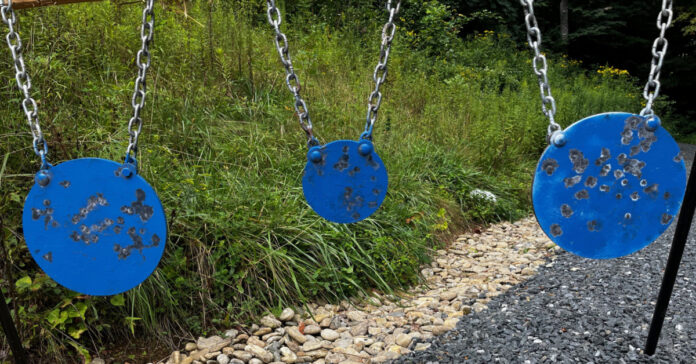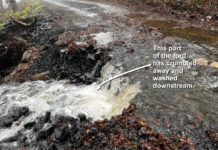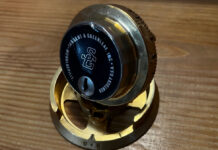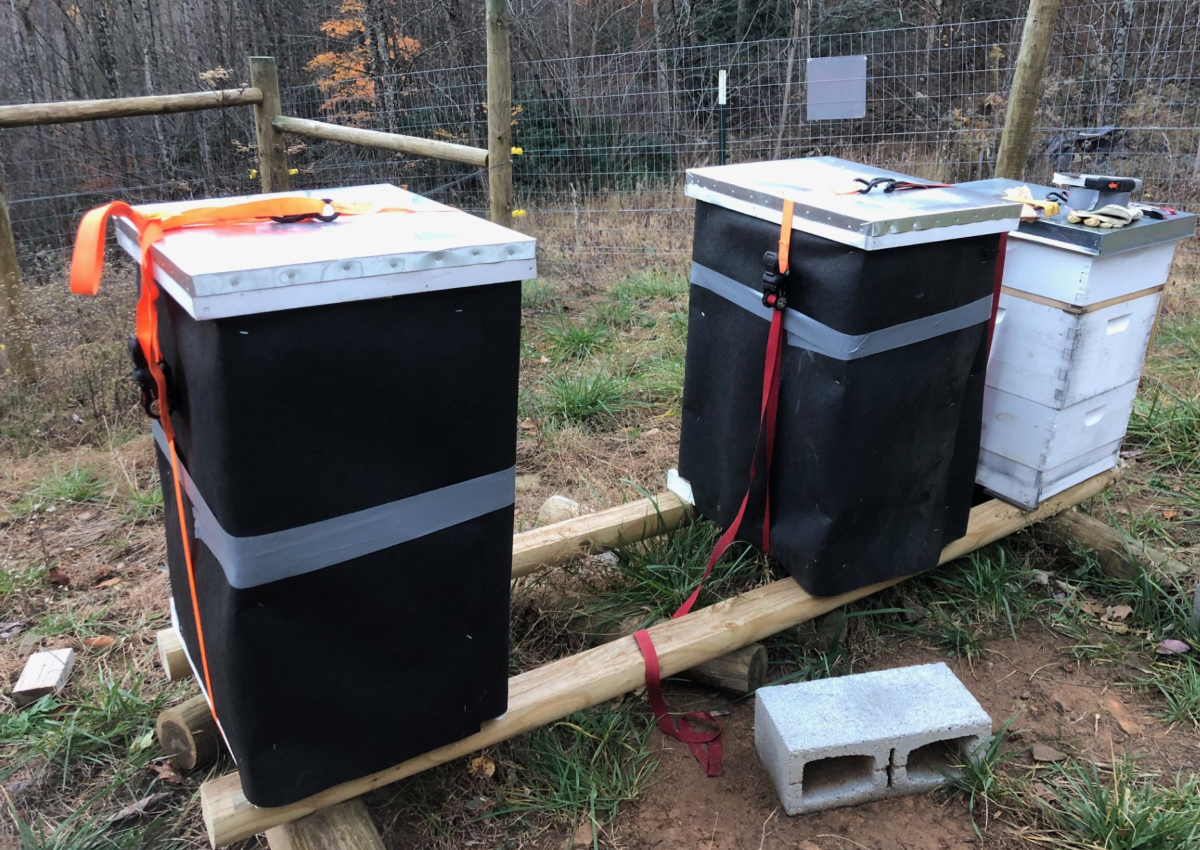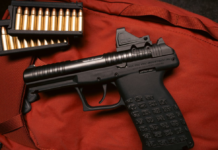We’ve been enjoying some surprisingly cool weather for August, so after finishing my chores the other day, I broke out the steel targets and ran some firearms drills. I started with .22LR pistols because the ammo is cheap and I have thousands of rounds.
I had so much fun, I have decided to shoot about 2,000 of my stored .22LR ammo for practice over the next couple of months.
Between the two of us, my wife and I have six .22LR guns and a CMMG AR-15 adapter that has three .22LR magazines. We’ll practice with them all, but the latter will probably get more than its share of use because the AR will be our all-around home defense platform if the SHTF. The great thing about the CMMG device, and similar adapters, is it offers the same manual of arms as an AR loaded with 5.56. That makes it ideal for practice, especially at ranges of 100 yards or less.
Pistol Training
None of my .22 pistols have red dots or other optic sights, which my carry gun does. I immediately disproved my friend Karl’s claim that using a red dot will “spoil” you for using open sights. Despite by poor vision and the blurry front sight, I was hitting targets at will, from 12 to 40 yards. Hitting the small target in the center of the array became more difficult at 40 yards, in part because the front sight was larger than the target. I slowed down my rate of fire and did just fine.
In my case, moving from a green dot to standard iron sights wasn’t a problem. If you have never used iron sights, I guess it might be a challenge to adapt, but I shot iron sights for decades, and doing so today is natural.
Shooting one handed opened up my group sizes a bit, but what gave me the most problems was shooting with only my non-dominant hand, which in my case is the left. That was the area where I needed the most practice to brush up my skills and reach what I consider an acceptable level of competence. I think the left hand/right eye combination was part of the problem, and I was able to adapt by adjusting my stance. Still, I was as likely to miss the smaller metal plate left handed at 40 yards as I was to hit it. Note to self: Don’t take head shots with my non dominant hand.
Drills
With this specific target array, I will usually shoot two rounds at one of the larger targets, two more at the other, and one on the smaller target. This works well because my magazines hold 10 rounds. It also allows requires me to transition left to right and right to left. Having the smaller target last makes it similar to the two-to-the-chest, one-to-the-head drill.
I also practice shooting over, to the left, and to the right of cover. I used an empty 55-gallon drum to act as cover.
To close the practice out, I shoot and move, hitting one target from 40 yards, running up to the 25-yard line to engage a second, and running to cover for the third.
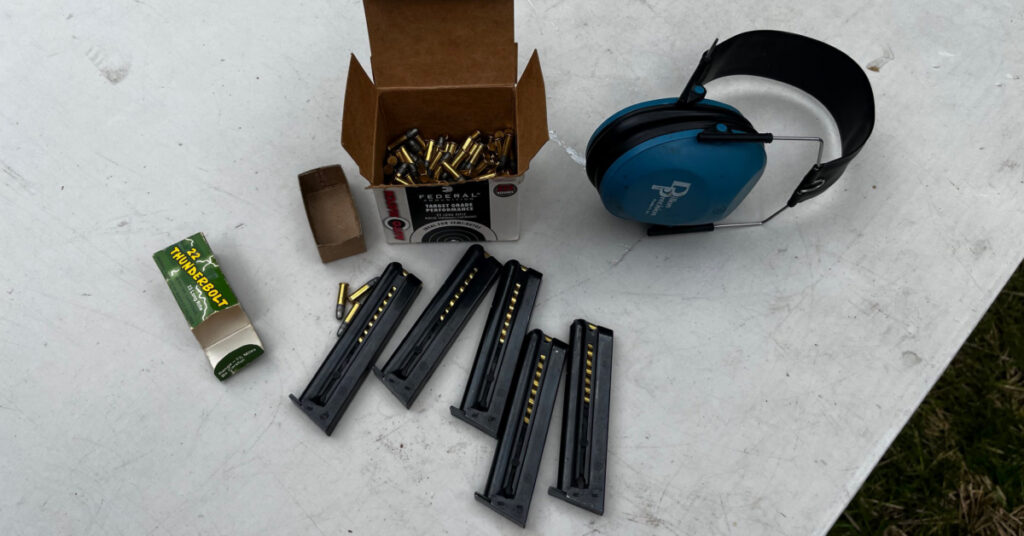
Revolver Versus Semi-auto
There is a part of me that likes the look of a blued revolver. The way the light reflects off the barrel and the cylinder speaks to me. This may be because I learned to shoot with a blued revolver, or because I came of age when the police carried revolvers and few people owned a semi-auto, unless they or a relative had brought a 1911 home or German prize from the war.
When it comes to shooting them, however, I prefer the semi-auto, because the revolver’s trigger is several pounds heavier. How much heavier? I don’t have a trigger gauge, but let’s just say it is longer and heavier than a Glock’s trigger because you have to pull it through the cylinder rotation—clickety-clunky-POW. In my case, it takes more concentration to shoot a revolver double-action than to shoot it single action, or to shoot a single action semi-auto. Still, it’s good practice. If I carry a .22 in the woods, it’s usually the revolver.
Rifles
I didn’t shoot any rifles this week, in part because I have used the 10/22 several times recently to test my rimfire suppressor. I am looking forward to seeing how the suppressor works on a standard AR retrofitted with the CMMG .22 conversion kit.
When I finished, I left the target stand out. That will encourage me to break out the rifles later this week or over the weekend.
I sight my .22LR rifles in 2 inches high at 50 yards, making them right on at 100 and about a foot low at 150 yards. On a humanoid target, if I aim for their head at 150 yards, the shots should hit upper chest at 150 yards. Plus, that’s about as far as I want to take a shot with a .22LR.
Practicing with full power ammo
After polishing our skills with the .22 ammo, I believe it is good practice to fire a magazine or two of the larger caliber stuff. With the AR, that will be easy, but our .22 pistols don’t always have an exact corollary. Nonetheless, I broke out my carry Glock, and the transition to my optic was seamless.
Don’t be afraid to practice with a .22LR. It is better than dry firing for practice.

